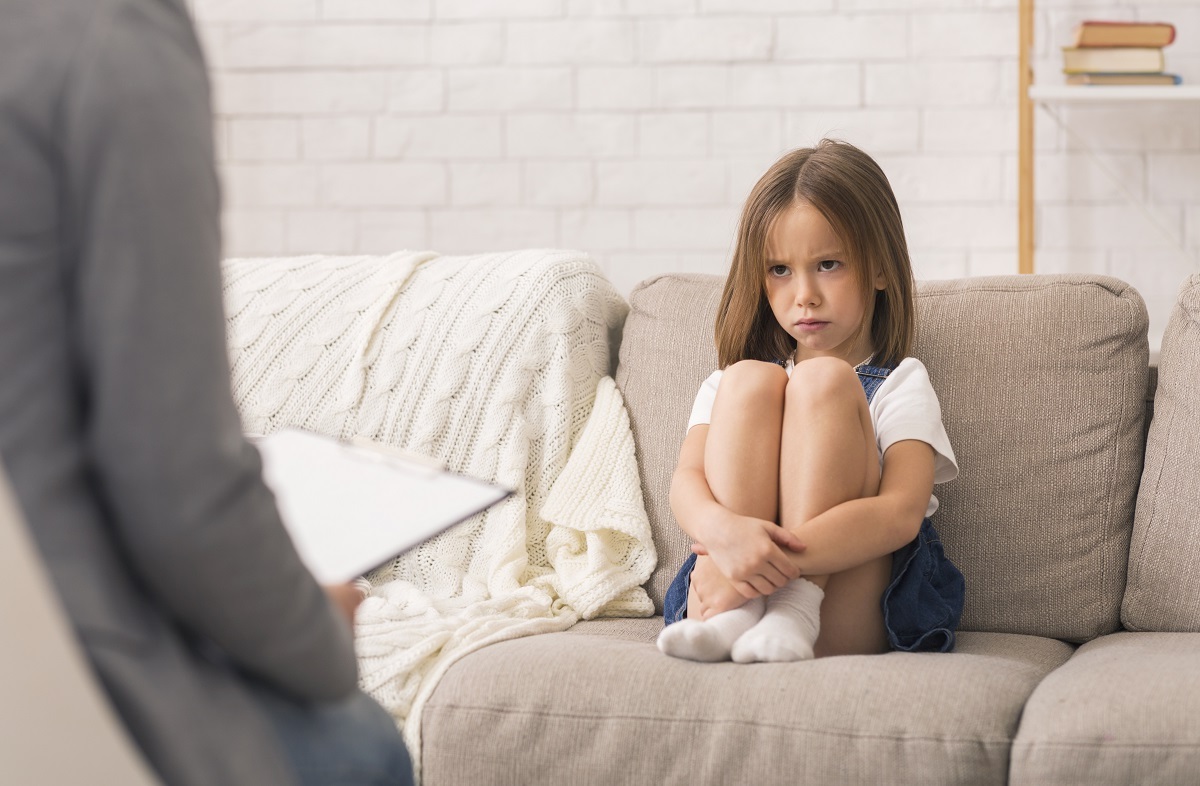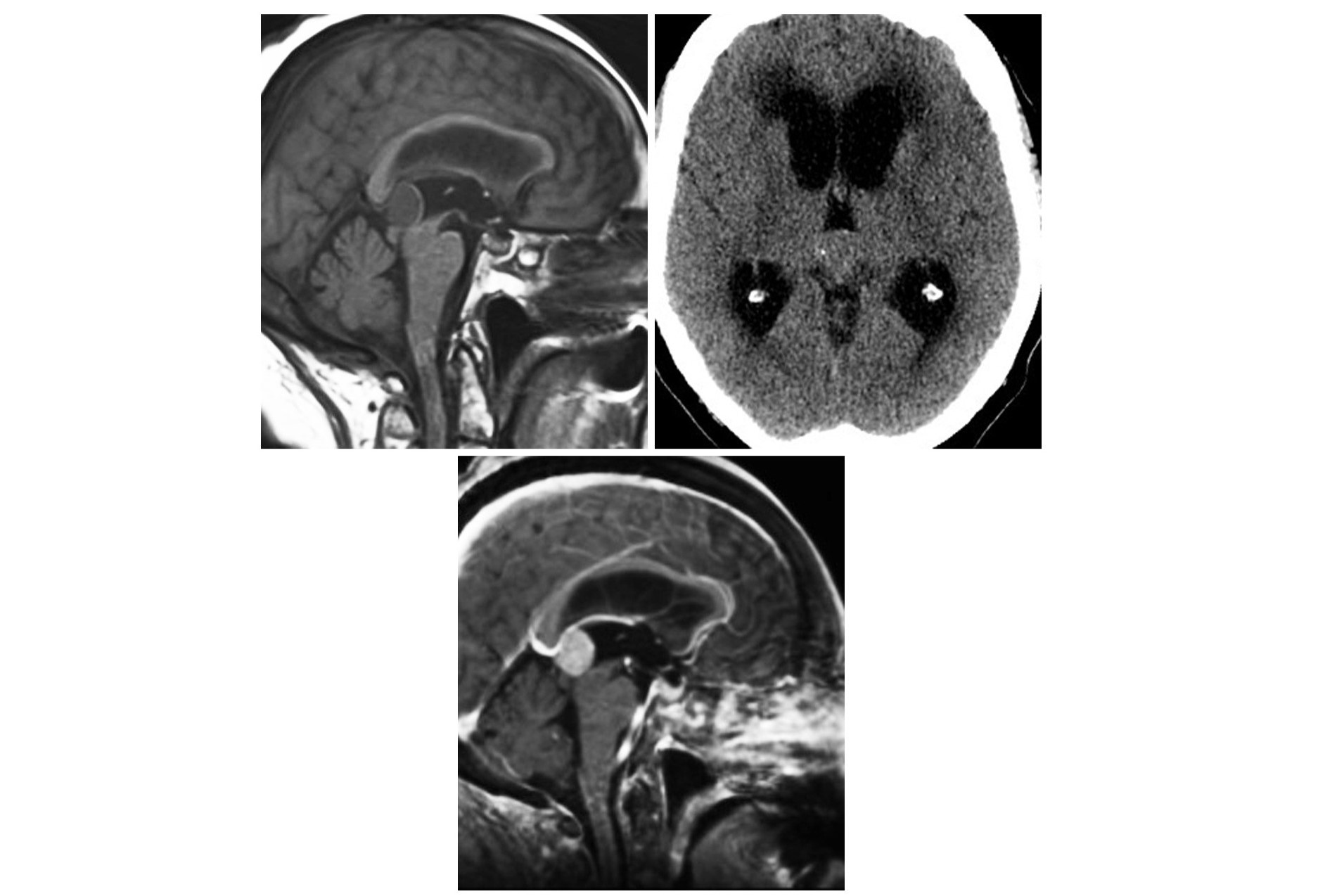
Childhood trauma can shape a person's life in unexpected ways. Did you know that nearly 35 million children in the U.S. have experienced some form of trauma? This can range from physical abuse to emotional neglect. Understanding these experiences is crucial for fostering empathy and support. Trauma affects brain development, emotional regulation, and even physical health. Kids who face trauma often struggle with trust and relationships. Schools and communities play a vital role in providing safe environments. By learning more about childhood trauma, we can better support those affected and help them lead healthier, happier lives. Ready to dive into some eye-opening facts?
Key Takeaways:
- Childhood trauma can have long-lasting effects on mental and physical health, but with the right support and strategies, healing is possible.
- Recognizing the signs of childhood trauma and providing early intervention can help mitigate its long-term impact on individuals.
Understanding Childhood Trauma
Childhood trauma can have lasting effects on a person's life. It's important to understand the various aspects and impacts of traumatic experiences during childhood. Here are some eye-opening facts about childhood trauma.
-
Childhood trauma can stem from various sources. Abuse, neglect, witnessing violence, or losing a loved one can all be traumatic for a child.
-
Trauma can alter brain development. Early traumatic experiences can change the brain's structure and function, affecting memory, learning, and emotional regulation.
-
Not all children respond to trauma in the same way. Some may develop resilience, while others might struggle with long-term effects.
-
Trauma can affect physical health. Chronic stress from trauma can lead to health issues like heart disease, diabetes, and obesity.
-
Emotional scars can last a lifetime. Feelings of fear, anxiety, and depression can persist long after the traumatic event.
Signs and Symptoms of Childhood Trauma
Recognizing the signs of childhood trauma can help in providing timely support and intervention. Here are some common symptoms to look out for.
-
Behavioral changes are common. Children may become withdrawn, aggressive, or exhibit sudden mood swings.
-
Sleep disturbances can occur. Nightmares, insomnia, or excessive sleeping might indicate trauma.
-
Academic performance may decline. Trauma can make it hard for children to concentrate and perform well in school.
-
Physical symptoms might appear. Headaches, stomachaches, and other unexplained ailments can be signs of trauma.
-
Social interactions can be affected. Traumatized children might struggle to form and maintain relationships.
Long-Term Effects of Childhood Trauma
The impact of childhood trauma can extend far into adulthood, affecting various aspects of life. Here are some long-term consequences.
-
Mental health issues are common. Adults who experienced childhood trauma are at higher risk for depression, anxiety, and PTSD.
-
Substance abuse can be a coping mechanism. Many turn to drugs or alcohol to numb the pain of past trauma.
-
Relationship difficulties may arise. Trust issues and fear of intimacy can make forming healthy relationships challenging.
-
Employment and financial stability can be affected. Trauma can impact job performance and career advancement.
-
Physical health problems might persist. Chronic illnesses and a weakened immune system are more likely in those with a history of trauma.
Coping and Healing from Childhood Trauma
Healing from childhood trauma is possible with the right support and strategies. Here are some ways to cope and recover.
-
Therapy can be beneficial. Professional help, such as cognitive-behavioral therapy, can aid in processing and overcoming trauma.
-
Support groups offer a sense of community. Sharing experiences with others who understand can be incredibly healing.
-
Mindfulness and relaxation techniques can help. Practices like meditation, yoga, and deep breathing can reduce stress and anxiety.
-
Healthy relationships are crucial. Building a support network of trusted friends and family can provide emotional stability.
-
Self-care is important. Regular exercise, a balanced diet, and sufficient sleep can improve overall well-being.
Prevention and Early Intervention
Preventing childhood trauma and intervening early can mitigate its effects. Here are some strategies to consider.
-
Education and awareness are key. Teaching parents, teachers, and caregivers about trauma can help in early identification and support.
-
Safe environments are essential. Creating a stable and nurturing home and school environment can reduce the risk of trauma.
-
Early intervention programs can make a difference. Programs that support at-risk families can prevent trauma and promote healthy development.
-
Community support is vital. Access to resources like counseling, healthcare, and social services can help families in need.
-
Encouraging open communication is important. Children should feel safe to express their feelings and experiences without fear of judgment.
The Role of Society in Addressing Childhood Trauma
Society plays a significant role in addressing and mitigating the effects of childhood trauma. Here are some ways society can contribute.
-
Policy changes can support trauma-informed care. Implementing policies that prioritize mental health and trauma awareness in schools and healthcare systems is crucial.
-
Funding for mental health services is necessary. Increased funding can ensure that children and families have access to the support they need.
-
Public awareness campaigns can educate. Campaigns that inform the public about the signs and effects of childhood trauma can lead to greater understanding and support.
-
Training for professionals is important. Teachers, healthcare providers, and social workers should receive training on how to recognize and respond to trauma.
-
Community programs can offer support. Local programs that provide safe spaces, mentorship, and activities for children can help prevent and address trauma.
Final Thoughts on Childhood Trauma
Childhood trauma leaves deep marks, affecting mental and physical health. Understanding its impact helps in addressing these issues early. Kids who face trauma often struggle with anxiety, depression, and trust issues. They might also have trouble in school or with relationships. Recognizing these signs is crucial for providing support. Therapy, strong family bonds, and a stable environment can make a big difference. Early intervention can help kids heal and lead healthier lives. Remember, it's never too late to seek help. Support systems, like counseling and community programs, play a vital role in recovery. By being aware and proactive, we can help children overcome their past and build a brighter future. Let's work together to create a safe, nurturing environment for all kids.
Frequently Asked Questions
Was this page helpful?
Our commitment to delivering trustworthy and engaging content is at the heart of what we do. Each fact on our site is contributed by real users like you, bringing a wealth of diverse insights and information. To ensure the highest standards of accuracy and reliability, our dedicated editors meticulously review each submission. This process guarantees that the facts we share are not only fascinating but also credible. Trust in our commitment to quality and authenticity as you explore and learn with us.


